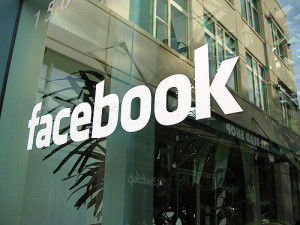If anyone expected the recent Russia scandal regarding the US election to hurt the profitability or revenue prospects for Facebook (Nasdaq: FB), they couldn’t have been more mistaken. In the recently reported quarterly performance, Facebook continued to shatter all market expectations, yet again.

Photo Credit: Marco Paköeningrat/Flickr.com
Facebook’s Financials
Facebook’s Q3 revenues grew 47% over the year to $10.3 billion, ahead of the market’s estimates of $9.84 billion. EPS of $1.59 was also significantly ahead of the Street’s projections of $1.28 for the quarter.
By segment, advertising revenues grew 49% over the year to $10.14 billion. Revenues from payments and other fees fell 5% to $186 million. Facebook’s payment revenues have been on the decline for a few years now as the usage of Facebook on desktop continues to shrink.
Among operating metrics, daily active users grew 16% over the year to 1.37 billion. Monthly active users improved 16% to 2.07 billion. Mobile advertising revenue accounted for 88% of advertising revenue for the third quarter, compared with 84% a year ago. The average cost of an ad grew 35% and total ad impressions were up 10% over the year. Facebook ended the quarter with more than 6 million advertisers, and Instagram service had more than 2 million.
Facebook’s Advertising Growth
Facebook continues to invest in video advertising. Recently, it introduced a “Watch” section on its main site to display video shows and series. The Watch tab hosts videos in a separate section of the website and advertisers can purchase standalone ads or mid-roll ads that run in the middle of a video. Initial results have been impressive as more than 70% of ad breaks are being viewed to completion with the sound on. Finally, like Snap, it added ephemeral video postings on Instagram that come to the app daily and vanish.
Facebook’s Enterprise Initiatives
Besides video, Facebook has been investing in other services as well. Within messaging, it is now starting to test business features that will simplify how people connect with businesses through WhatsApp. It rolled out Marketplace to Canada and 17 countries across Europe so that people can discover, buy, and sell things in their local communities. And finally, within Workplace, it is helping companies connect their own teams internally through their own versions of Facebook.













Leave A Comment